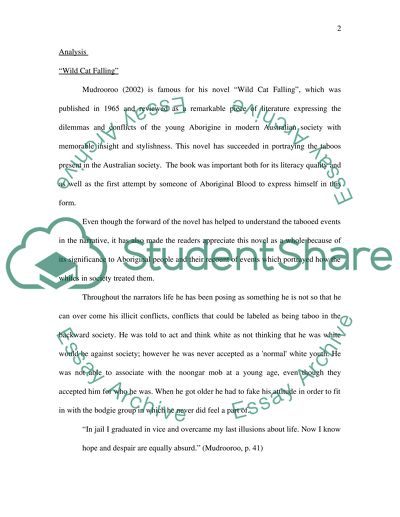Cite this document
(“Australian Literature Book Report/Review Example | Topics and Well Written Essays - 3250 words”, n.d.)
Retrieved from https://studentshare.org/literature/1525907-australian-literature
Retrieved from https://studentshare.org/literature/1525907-australian-literature
(Australian Literature Book Report/Review Example | Topics and Well Written Essays - 3250 Words)
https://studentshare.org/literature/1525907-australian-literature.
https://studentshare.org/literature/1525907-australian-literature.
“Australian Literature Book Report/Review Example | Topics and Well Written Essays - 3250 Words”, n.d. https://studentshare.org/literature/1525907-australian-literature.


